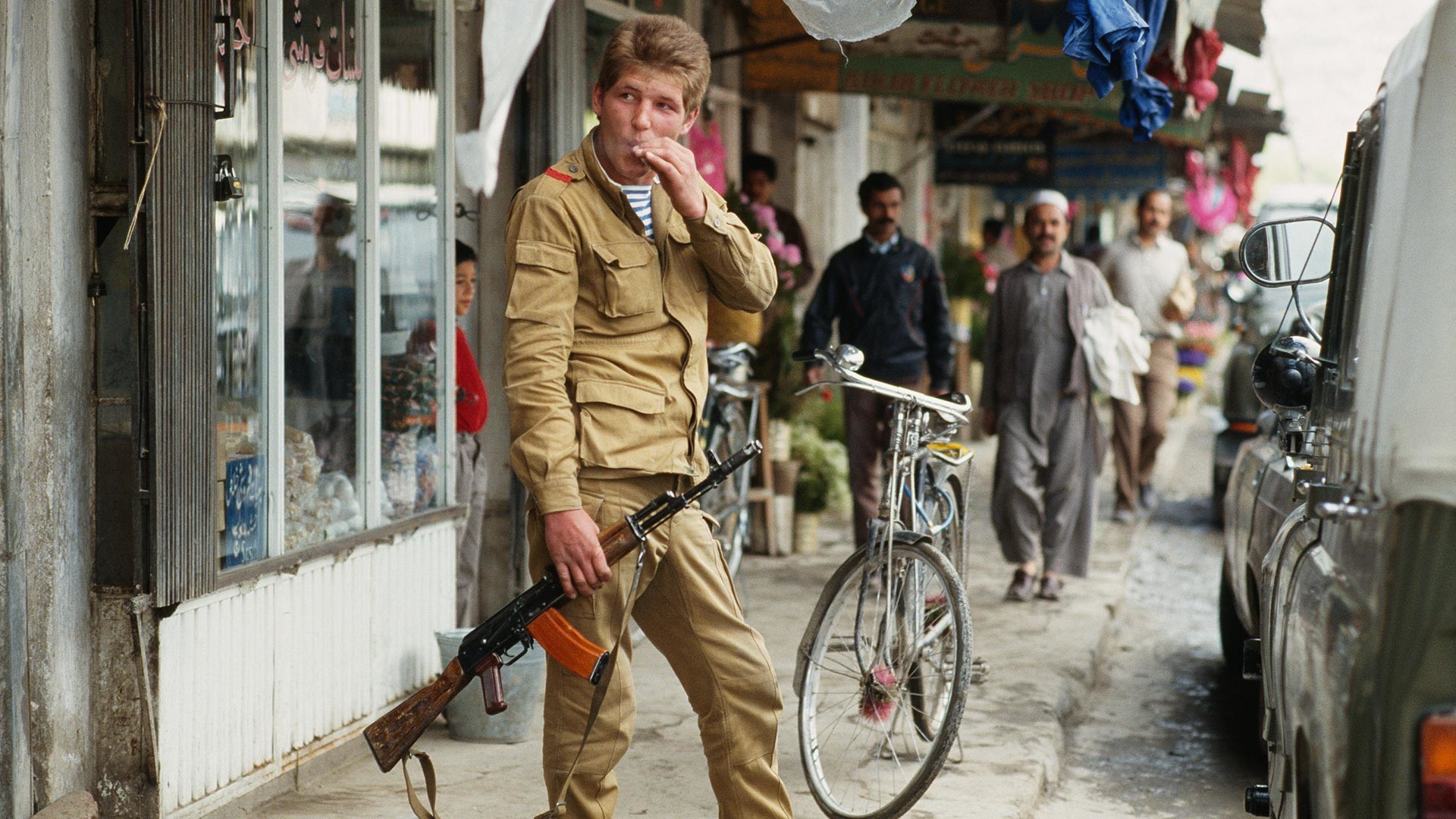
Soviet troops in Kabul a few weeks before their offical departure from Afghanistan.
Getty Images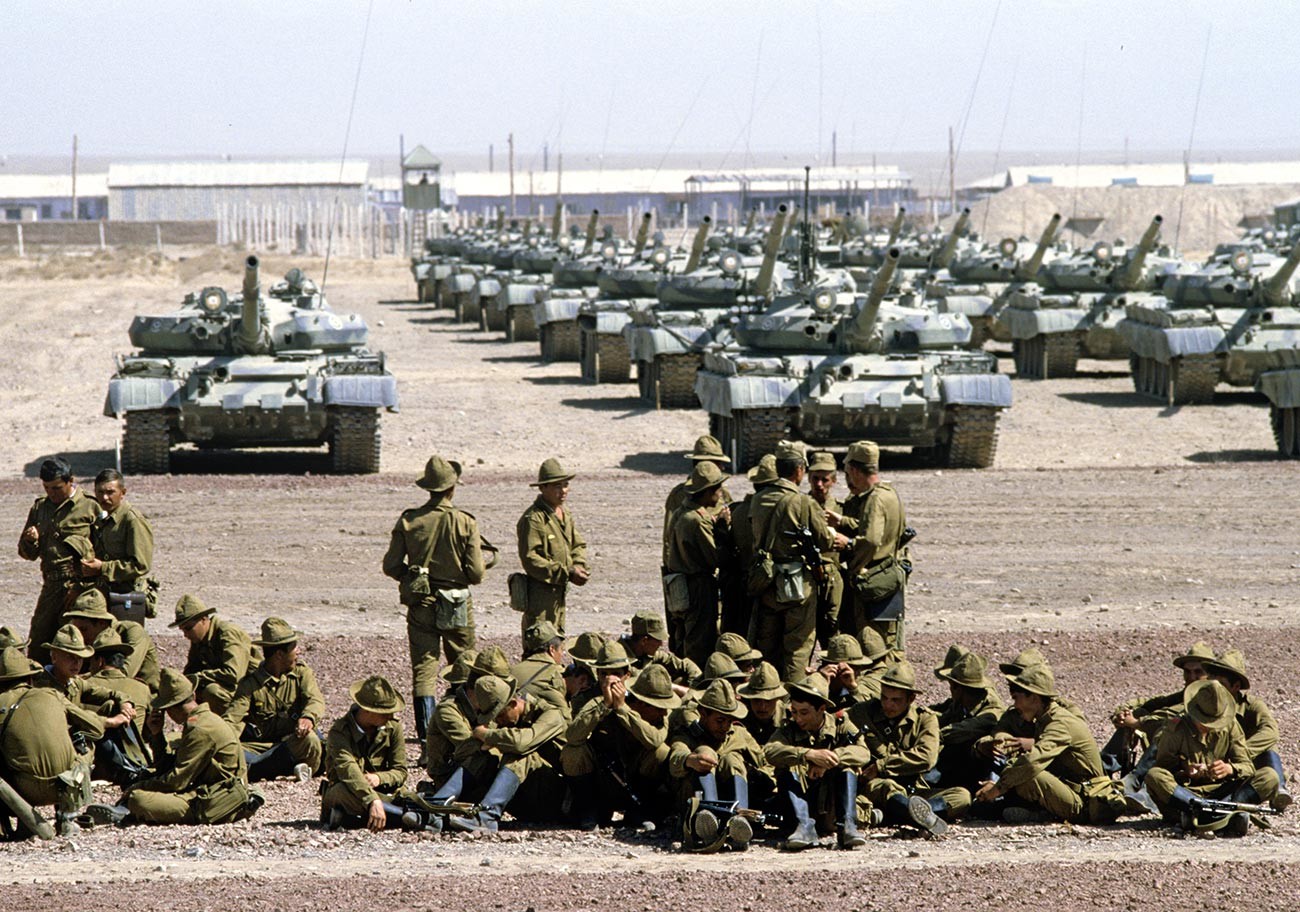
A Soviet tank regiment in Afghanistan.
Alexander Graschenkov/SputnikAlthough the entrance of Soviet troops into Afghanistan in December 1979 is sometimes referred to as the ‘Soviet invasion of Afghanistan’, in reality, it was the Soviet authorities’ reluctant concession to the acting Afghan government at the time that had made multiple requests for military assistance in its ongoing war with the Mujaheddin, as Afghan Islamist insurgents are known.
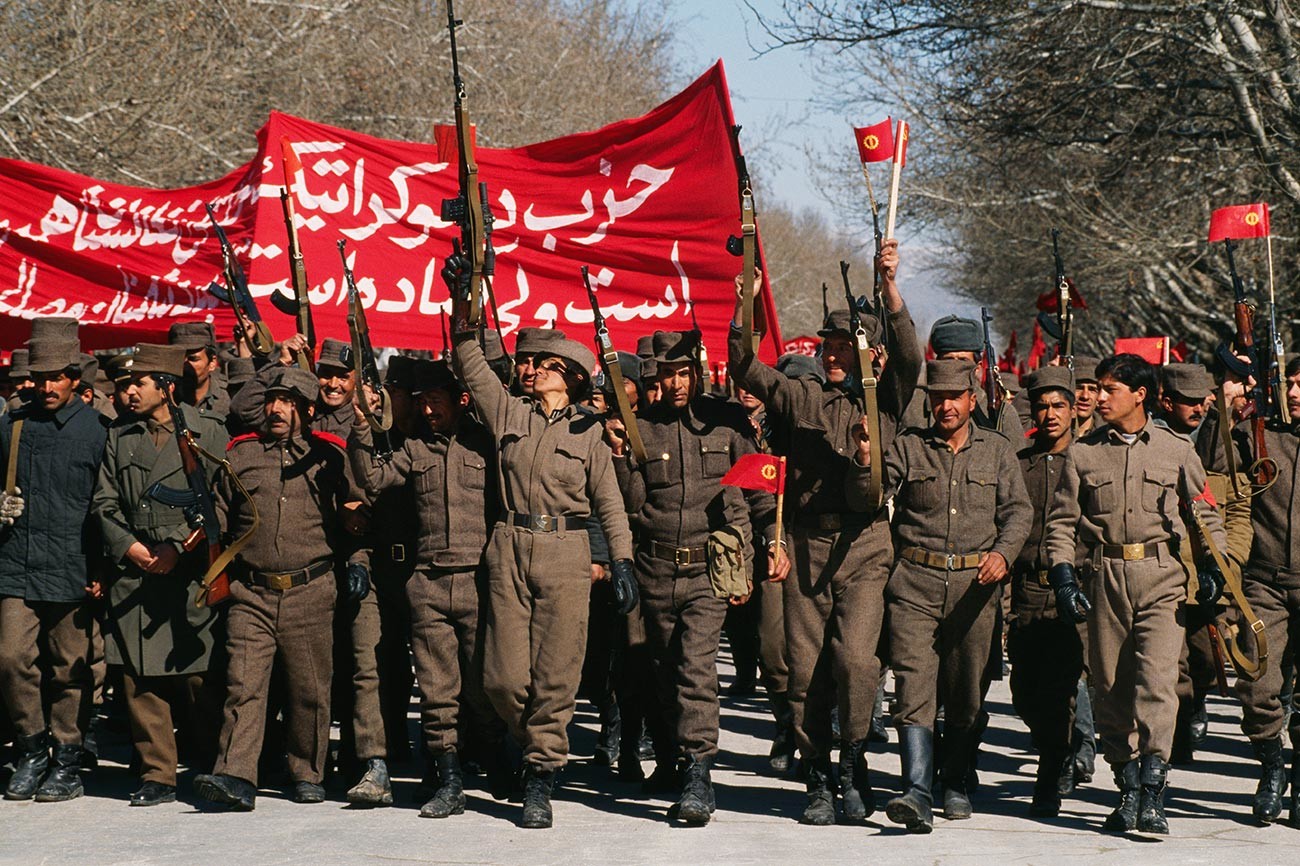
Demonstration of the Communist People's Democratic Party of Afghanistan (PDPA) in Kabul.
Getty ImagesSurprisingly, the Soviet leaders were not too happy about a coup of April 1978 that led the pro-Soviet People’s Democratic Party of Afghanistan to power in a country where the majority of the population professed to Islam. For them, a neutral landmass providing a buffer between its southern Soviet republics and Pakistan, Iran, and China was much more preferable.
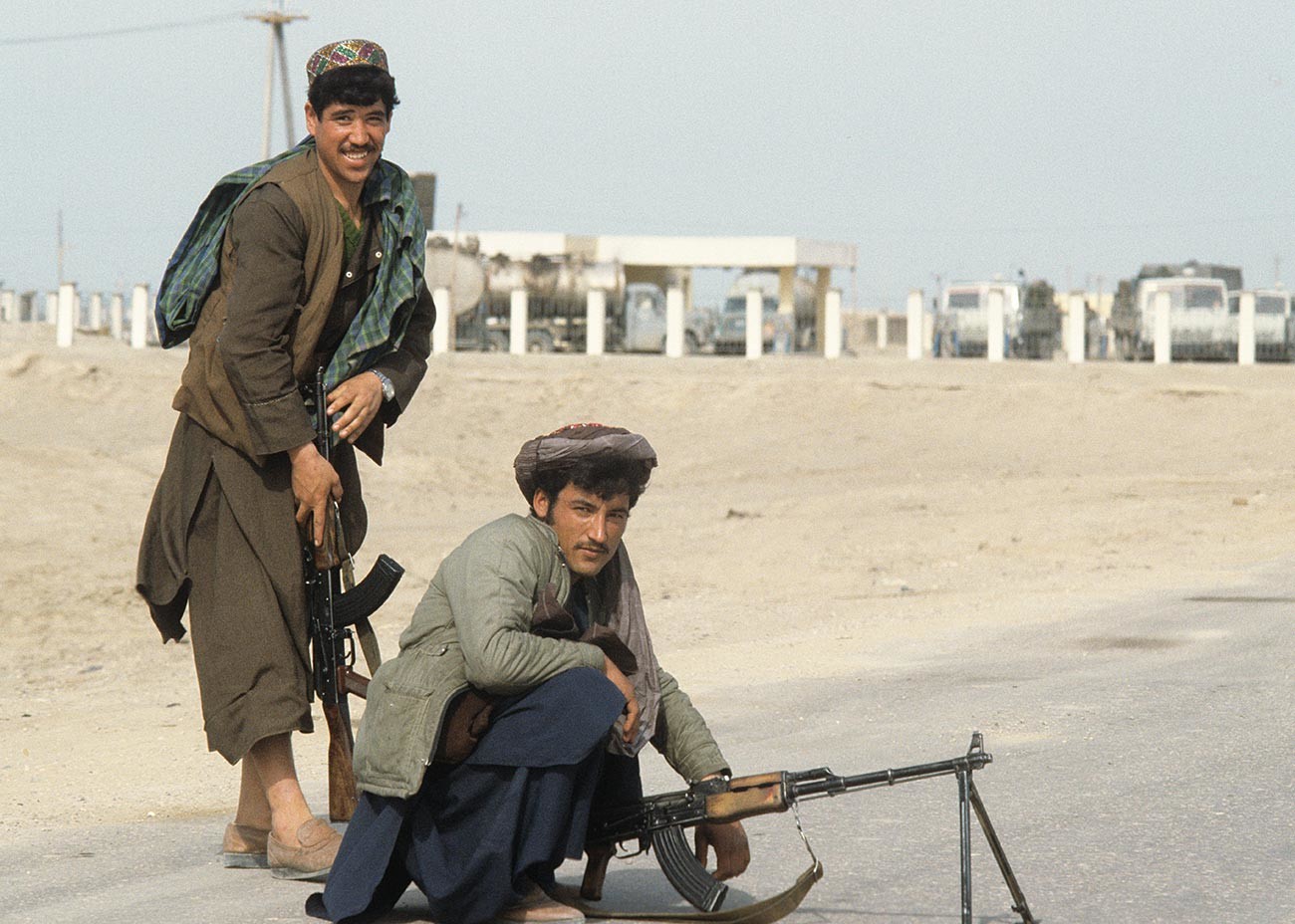
The Mujaheddin, Afghan Islamist insurgents.
V. Kiselev/SputnikYet the circumstances forced the Soviets to adjust. Moscow became more and more concerned about the Islamist incursion and Afghan leader Hafizulla Amin’s inability to take the situation under control. The Soviet leadership also had reservations about Amin’s style of leadership, as they suspected he may side with the Soviet Union’s enemies.
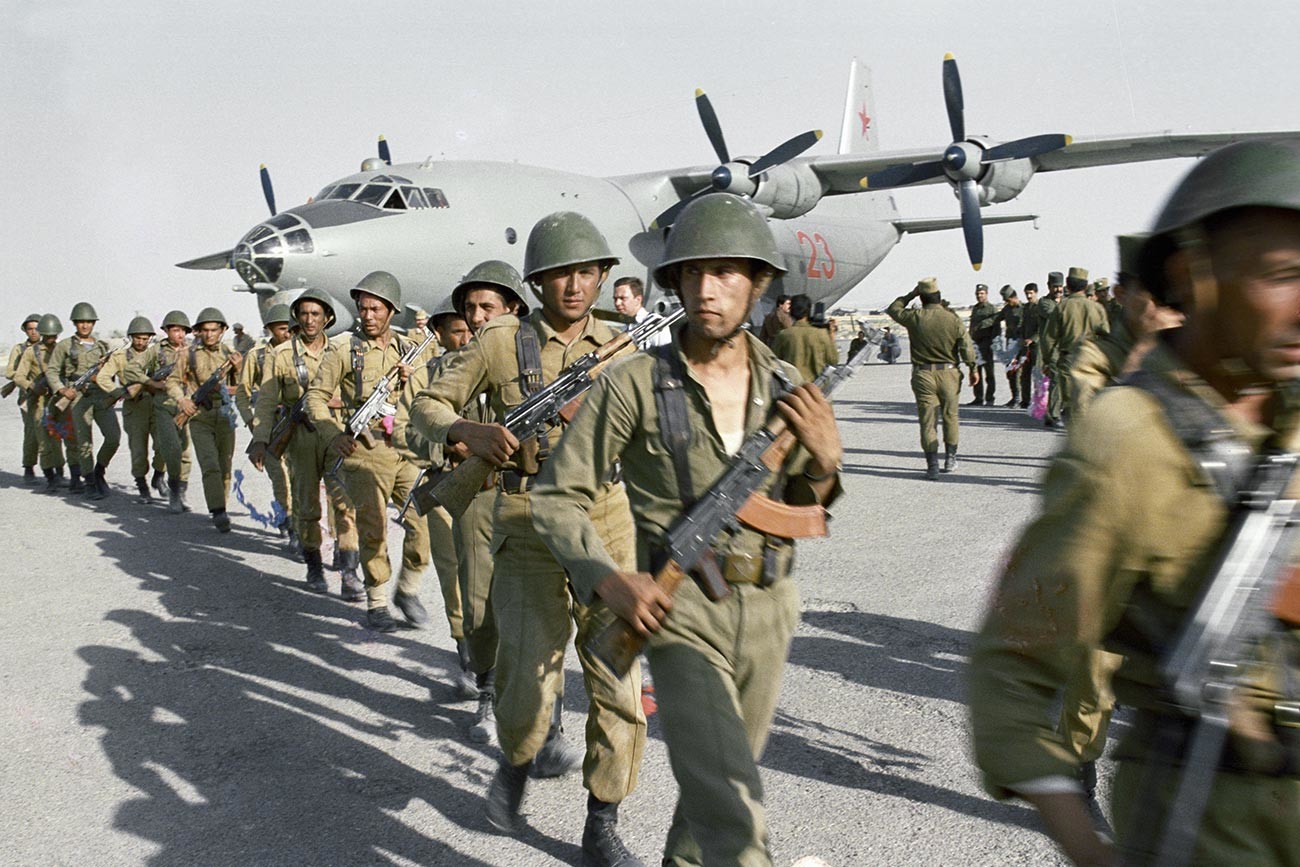
A Soviet special forces unit lands in Afghanistan combat operation in the area of Nangarhar province.
Andrei Solomonov/SputnikMoscow reasoned it would finally concede to Amin’s repeated requests to intervene and, in the meantime, would get rid of Amin, too. On December 27, 1979, Soviet troops moved swiftly to take full control of Kabul, the capital of Afghanistan. Special forces stormed the Tajbeg Presidential Palace where Hafizulla Amin was present.
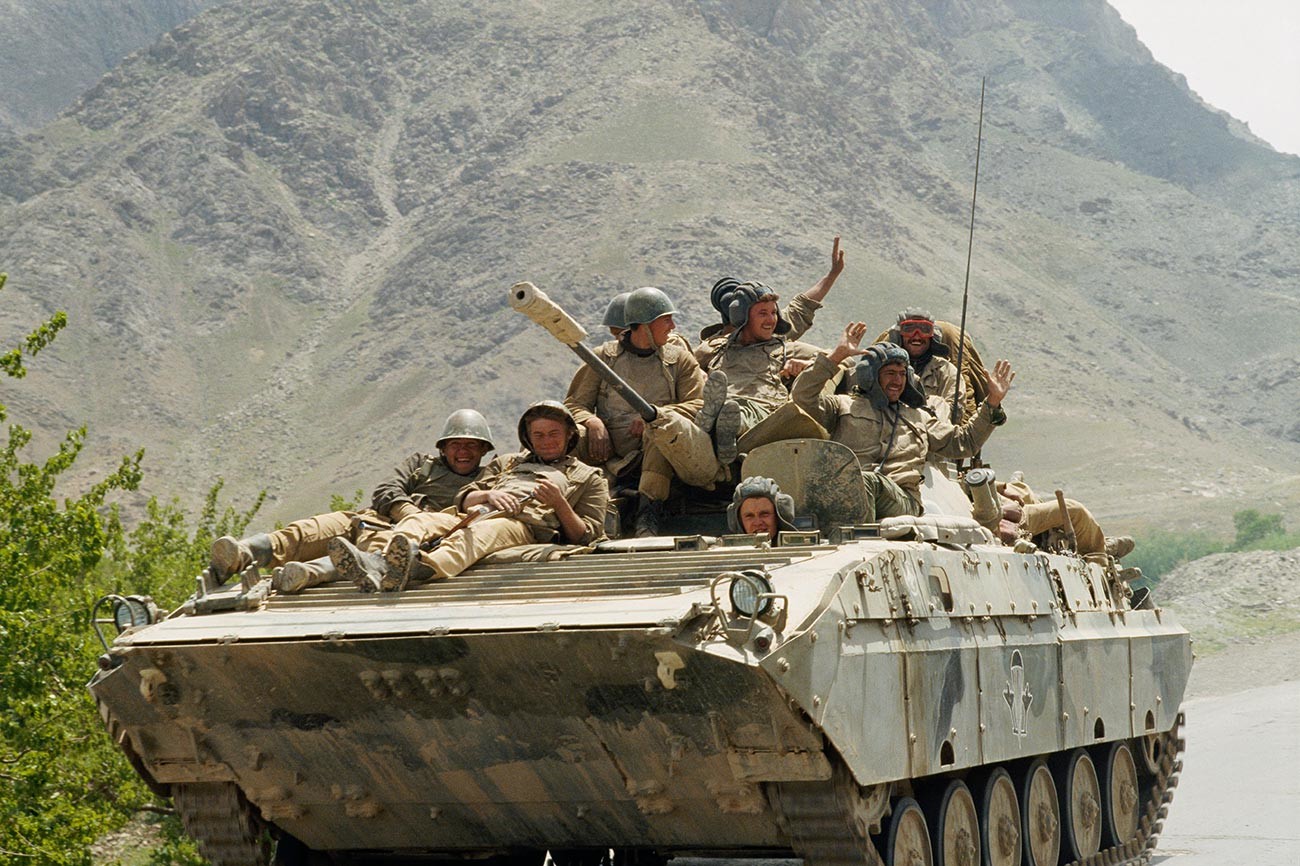
Soviet troops near Kabul.
Getty ImagesBy the morning of the next day, December 28, the operation was successfully completed and president Hafizullah Amin was killed. Yet, the subsequent bloody fight against Islamist insurgency had only begun and would last 10 years, up until February 1989.
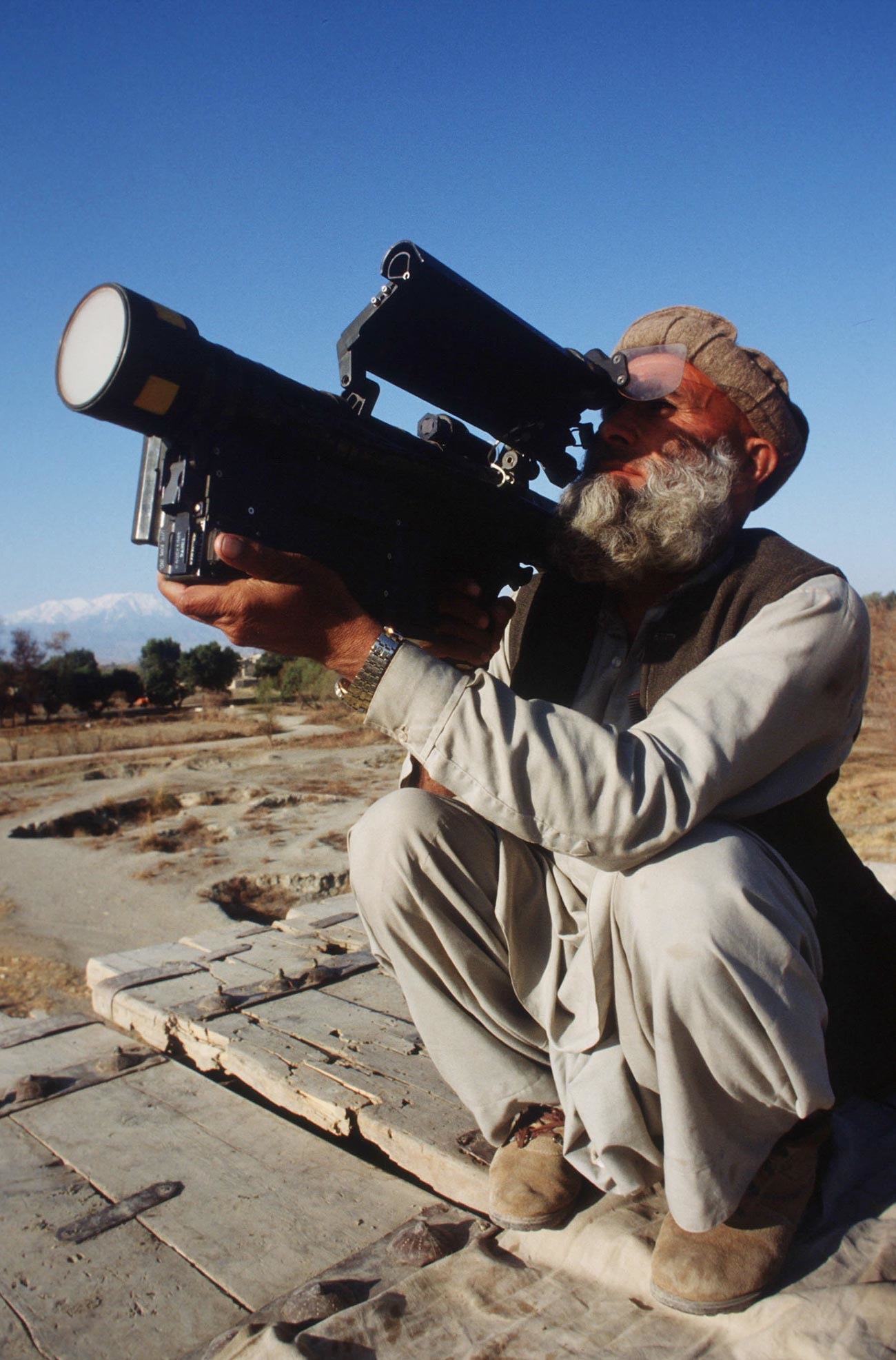
A mujahideen fighter holds a stinger March 15, 1989, in Jalalabad, Afghanistan.
Getty ImagesCold War rivals of the USSR swiftly condemned the Soviet intervention and came to the aid of the Mujaheddin. The U.S. funneled the weapons to the Mujahideen, most notably surface-to-air Stinger missile systems that posed a certain threat to the Soviet air forces in the country.
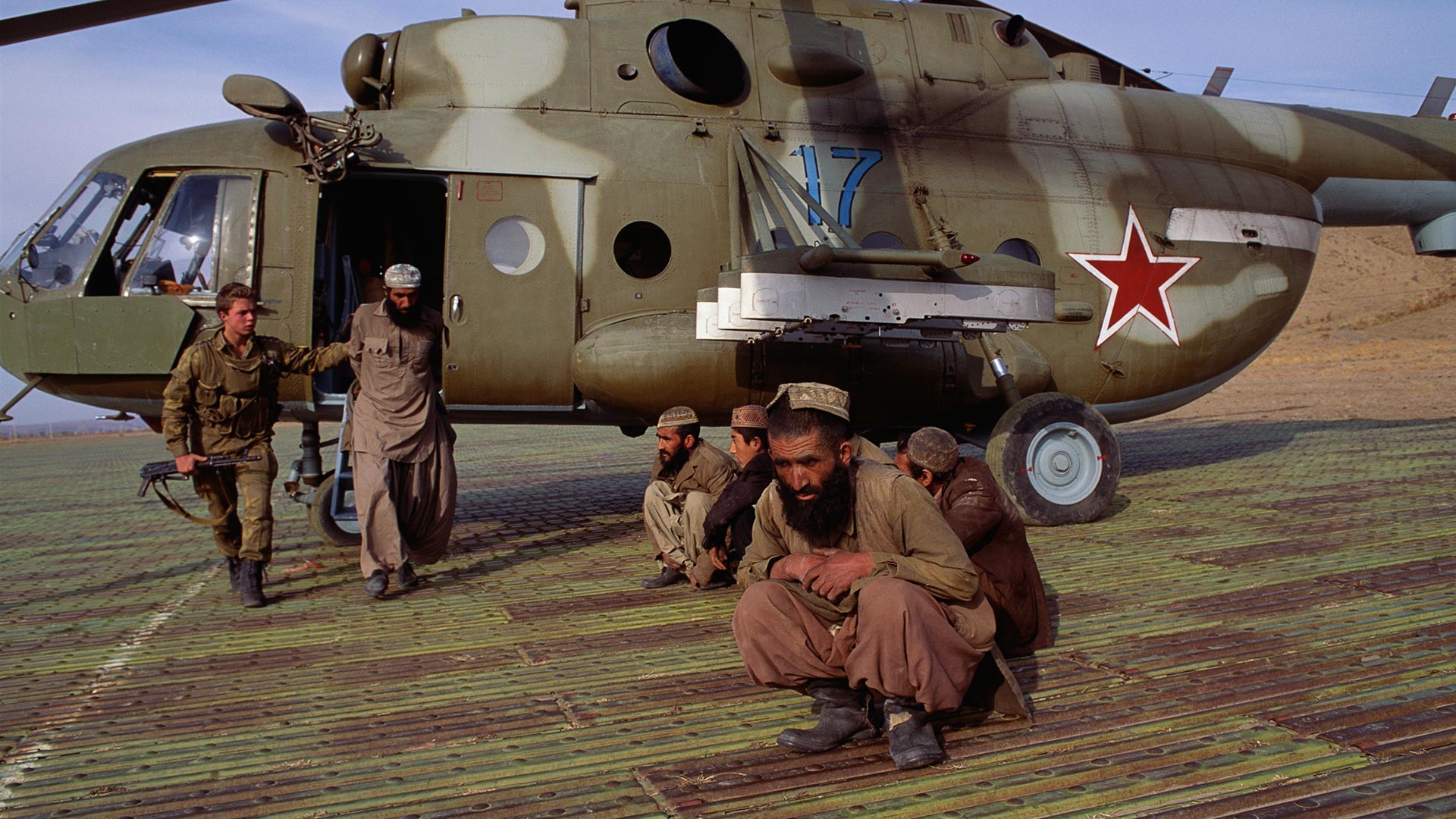
Soviet Guards Arrest Afghan Men.
Getty ImagesAlthough some believe the transfer of Stinger missiles to the Mujahideen was a game-changer in the war, there is no decisive evidence proving this has dramatically tipped the scales in favor of the anti-Soviet forces.
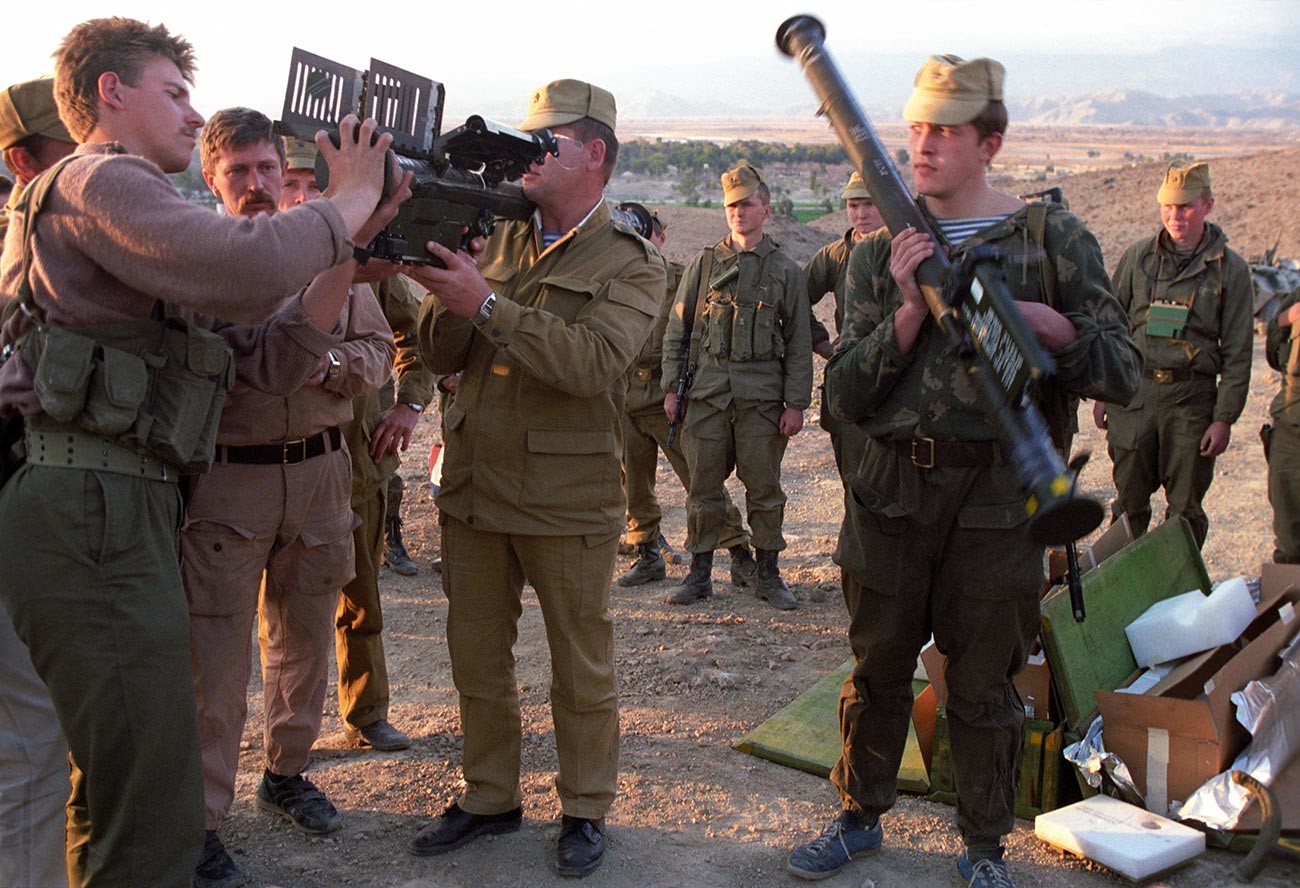
Soviet troops inspect a Stinger missile they captured from the enemy.
Andrei Solomonov/SputnikAlthough the Soviet Cold War rivals initially protested against the Soviet intervention in Afghanistan, it played well into their hands. The U.S. was happy to give the USSR its Vietnam. “We didn’t push the Russians to intervene, but we knowingly increased the probability that they would,” Zbigniew Brzeziński, President Jimmy Carter's national security advisor 1977-1991, said years later.
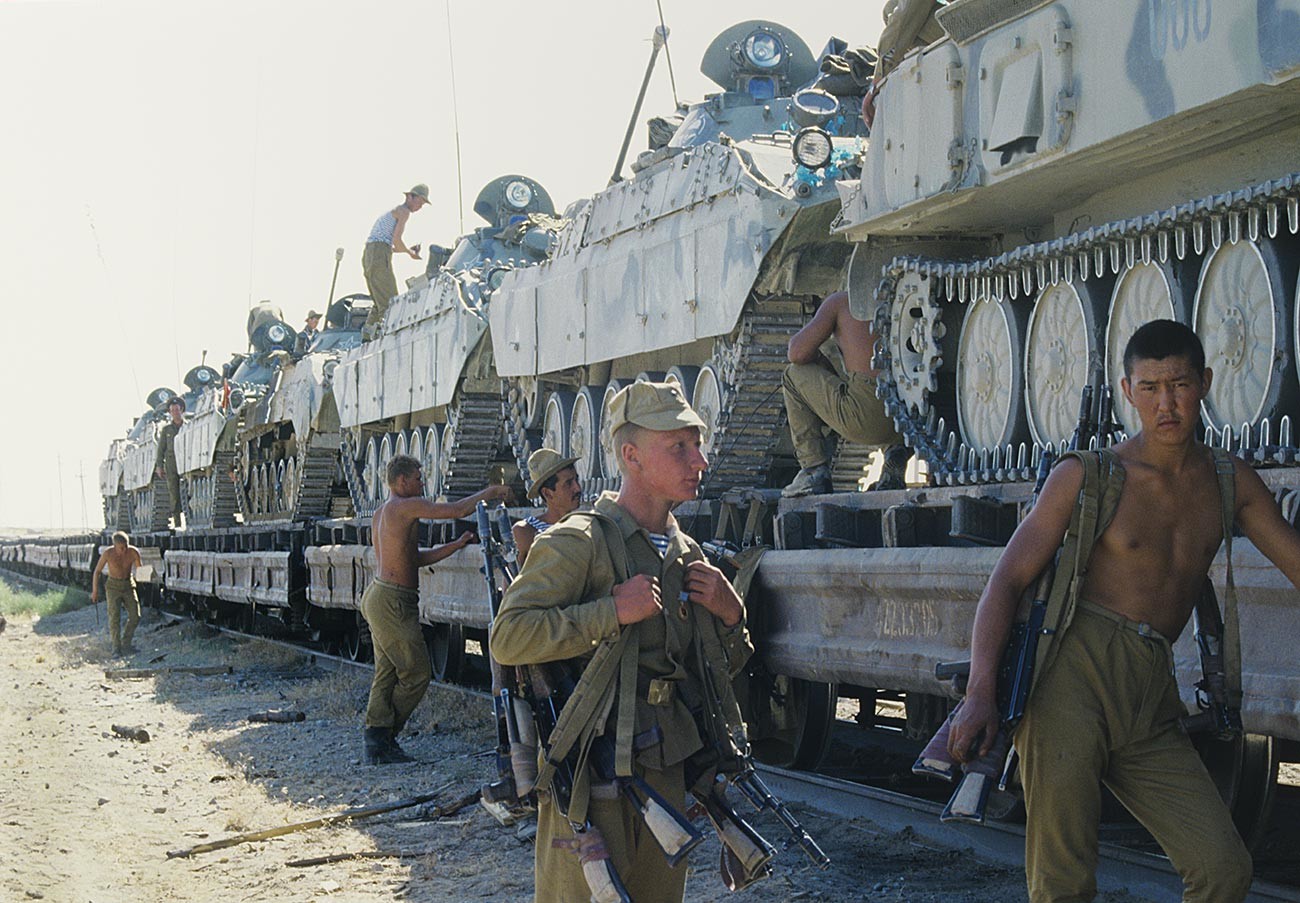
Soviet troops prepare to leave Afghanistan.
V. Kiselev/SputnikAt the heights of the conflict, the Soviet contingent had only 108,800 soldiers in Afghanistan. To put it into perspective, the U.S. had 543,000 soldiers in Vietnam at the peak of its involvement. Yet, in a way, the Afghan War was as traumatic an experience for the Soviet Union as the war in Vietnam was for the U.S.
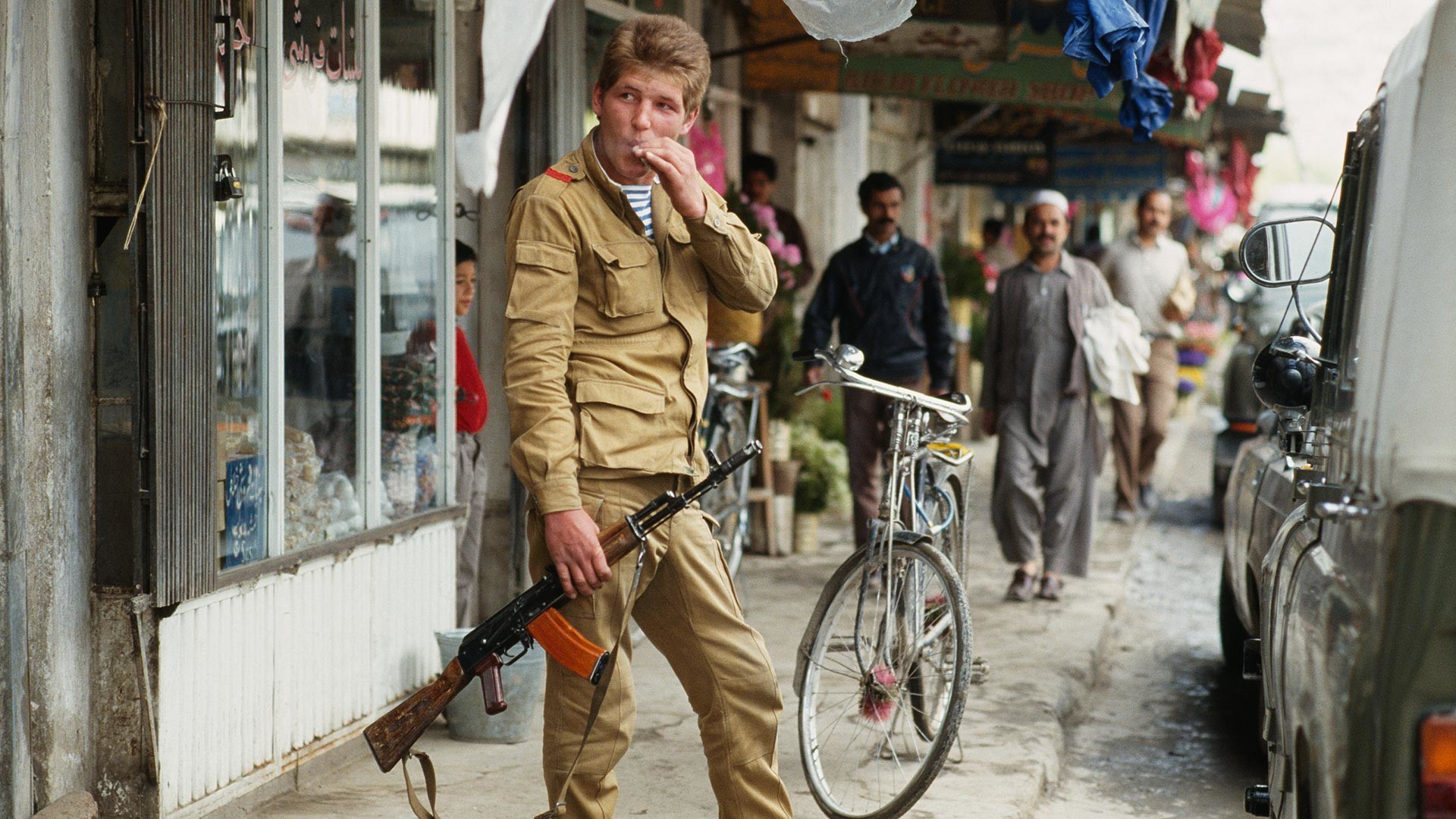
Soviet troops in Kabul a few weeks before their offical departure from Afghanistan.
Getty ImagesThe intervention put the Soviet Union in a bad light internationally and burdened the Soviet economy, while the growing number of victims prompted discontent among the Soviet people.
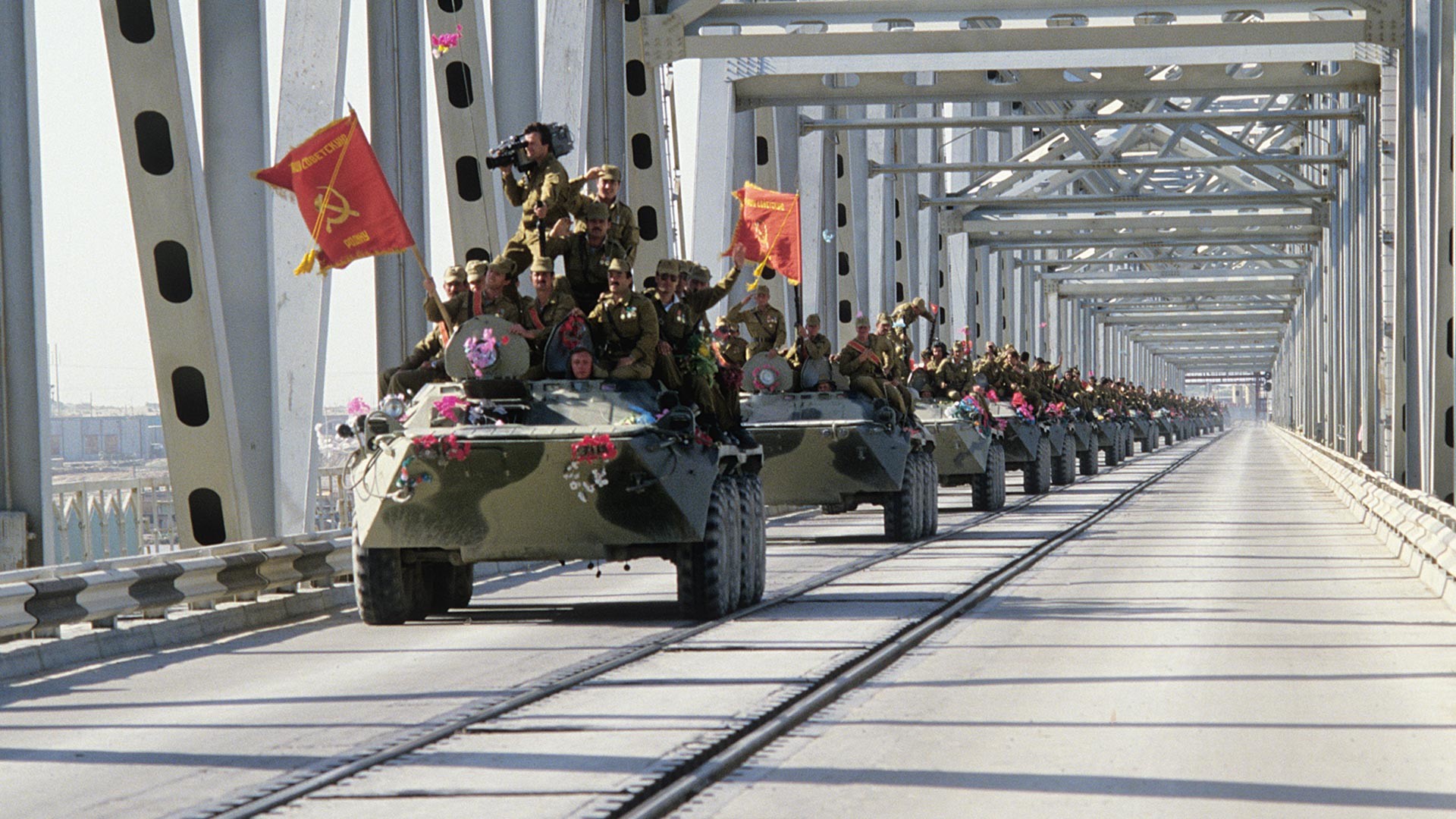
A column of armored vehicles crosses the Afghan-Soviet border through the Friendship bridge lying over the Amu Darya river.
V. Kiselev/SputnikThe Soviet Union finally withdrew its troops from Afghanistan in February 1989, nearly a decade after they first got involved with the country. Since this was a counter-insurgency war, no conventional victory could have ever been achieved and it never was.
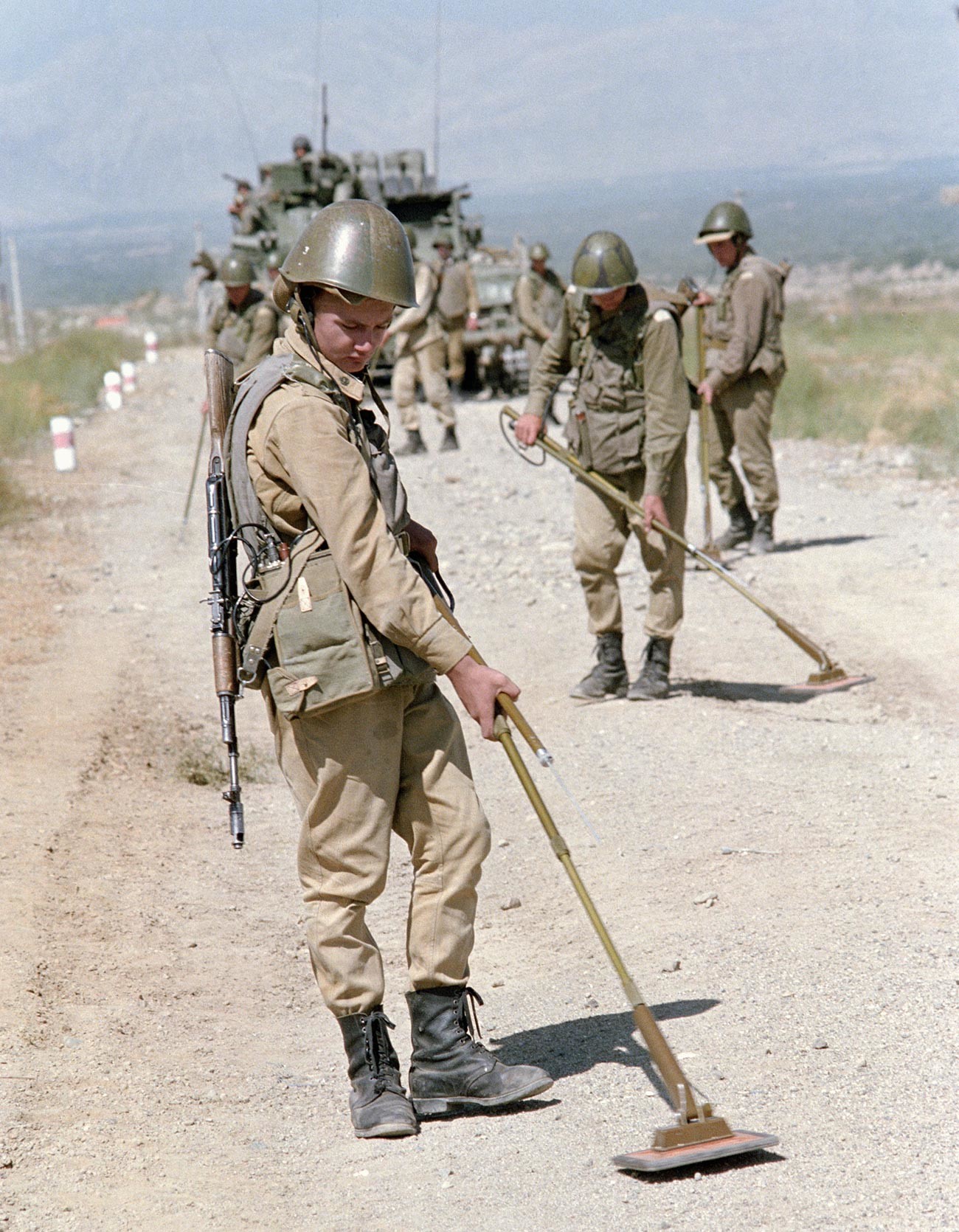
Soviet troops demine a road in Afghanistan.
Andrei Solomonov/SputnikThe Afghan war did not end following the Soviet withdrawal. Instead, a violent jihad in the country and abroad only gained force, eventually leading to the Islamic fundamentalist political and military organization Taliban’s control over most of the territory of Afghanistan in the late 1990s.
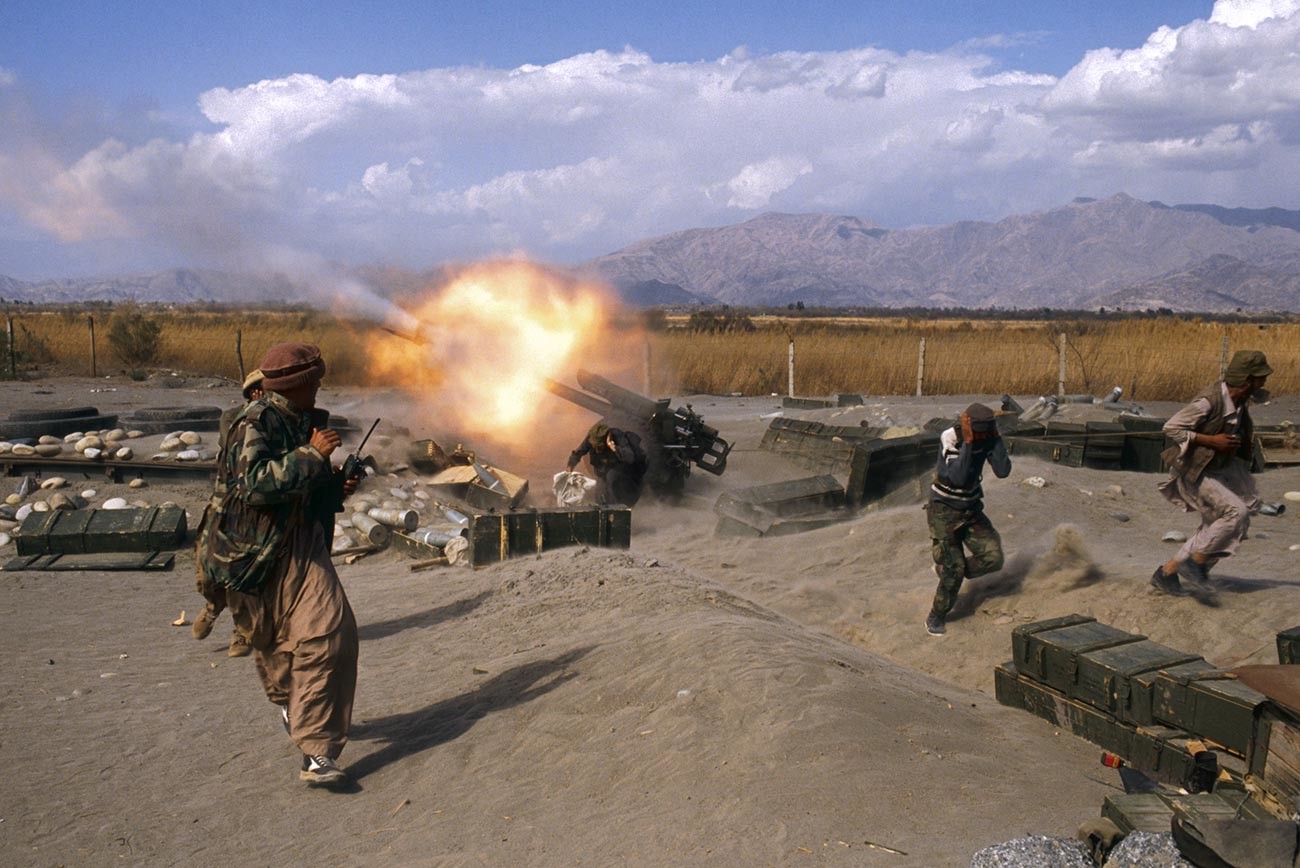
Mujahidin Offensive in the Jalalabad Area in Afghanistan.
Getty ImagesIn October 2001, the U.S. and its allies invaded Afghanistan to root the Taliban out, facing the enemy who once had been their ally.
If using any of Russia Beyond's content, partly or in full, always provide an active hyperlink to the original material.
Subscribe
to our newsletter!
Get the week's best stories straight to your inbox